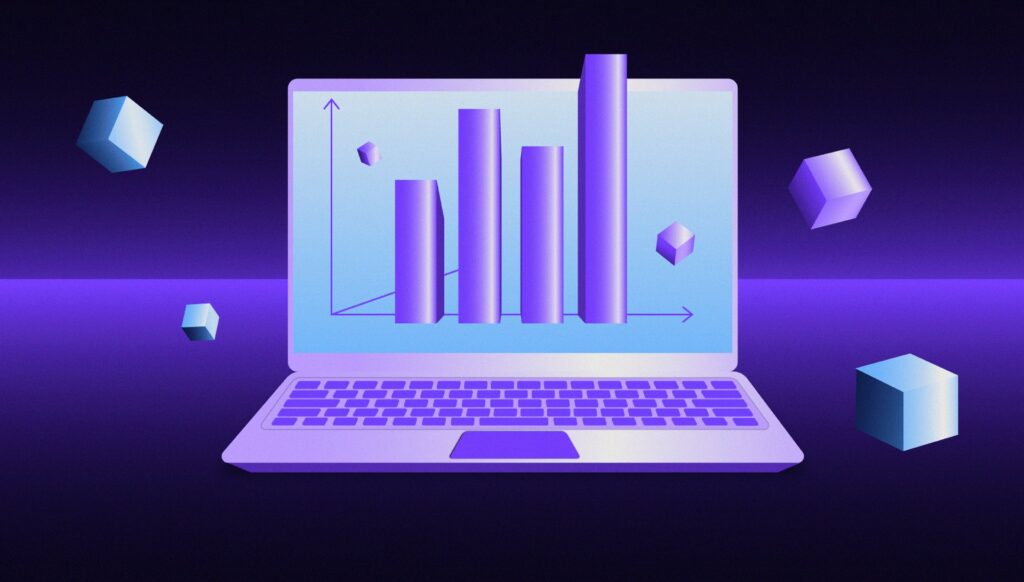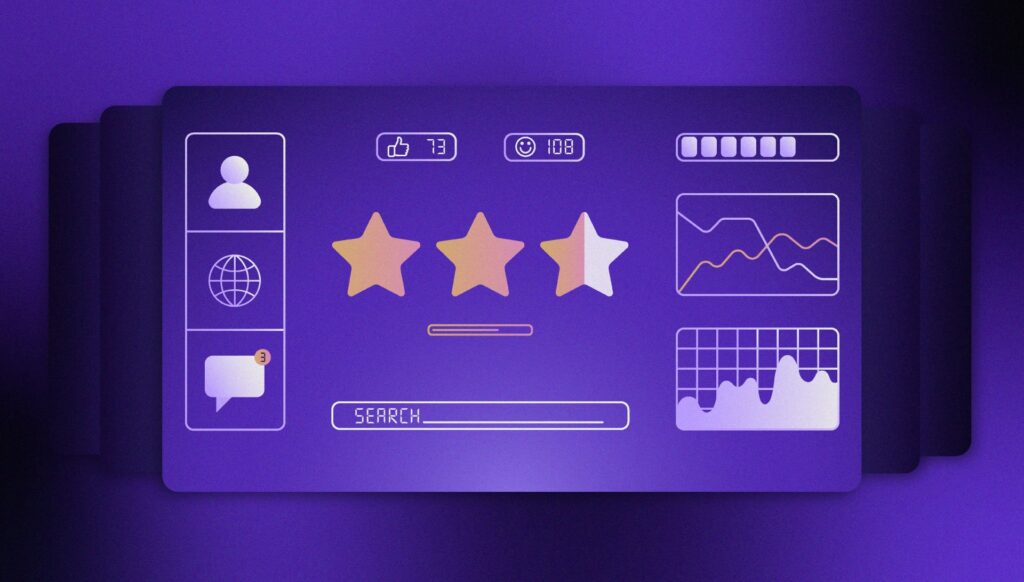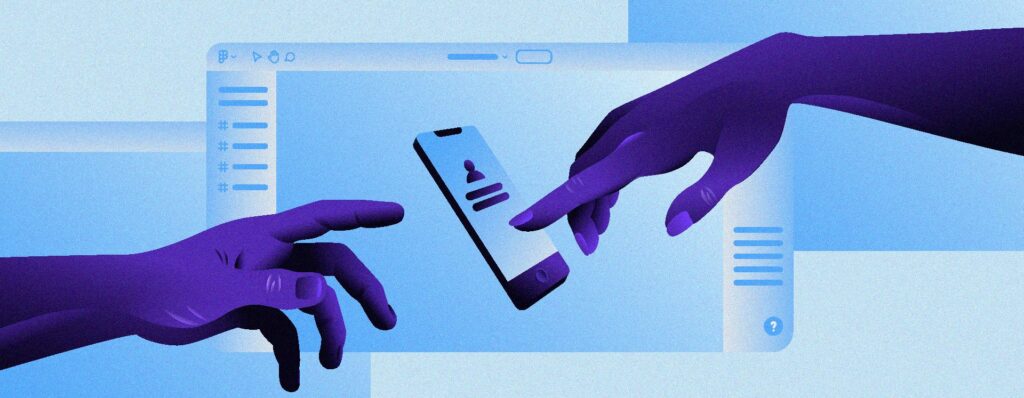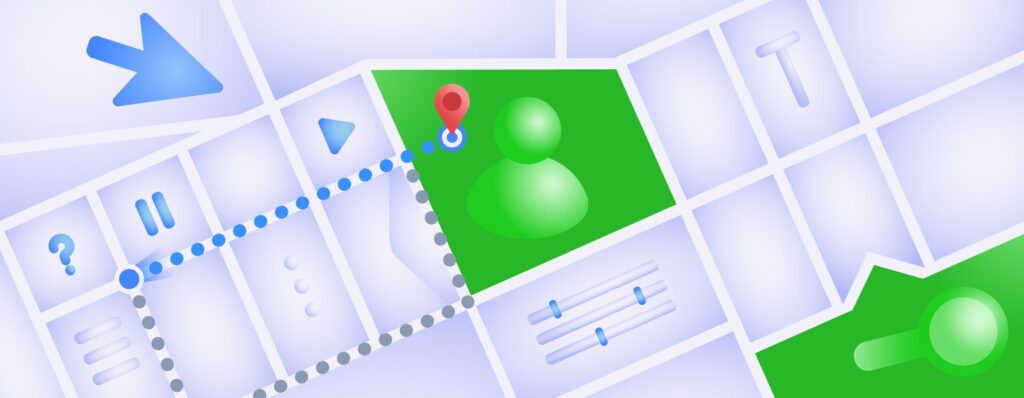The five design sprint phases for banks
Whether business or personal, who wants to dwell on their problems for long? Fortunately, the former can be solved in the least time: Design Sprints. If you’re wondering how they can help banks, you’ve come to the right place. But first, let’s expand on what a Design Sprint is in the first place.
Design Sprints is a valuable method used in product design, where new ideas are tested and prototypes are made in one week. In some cases, it can last a few extra days. They are the quickest way to solve product-related problems and gain customer feedback. And if you’ve got the right team, you’re off to a good start.
In this blog, we will take you through the five Design Sprint phases for banking projects.
Phase 1: Explore
In this phase, you identify which challenge you’re trying to solve via the Design Sprint. Get people from different departments in your company to create a dynamic team. You want to have all sorts of ideas on the table before deciding which one to prototype later. Consider making an Empathy Map during this phase to understand your customers better. You have even had lightning demos where team members share inspiring concepts linked to your competitors’ products. This can help you think outside the box.
If you’re a bank seeking to offer 24/7 customer service but at a lower cost, you’ll consider how you can do this during this phase. Should you opt for live chats? What about AI? Do you have human operators or automated ones on calls? You’ll weigh the pros and cons of everything.
Empathy Mapping is a key tool Windmill uses to understand our customers’ customers. Read how it works here.
Phase 2: Define
During this phase, the different problem solutions are weighed. You’ll be refining the ideas your team came up within the earlier stage. The product manager, designer, engineer, marketer, user expert, and decider will all share valuable inputs. You can also study trends in the banking industry related to your product or service to generate deeper insights.
Use a storyboard to visualize all the ideas and present your information. The storyboard will also allow you to clarify each step of the problem you’re solving and help you determine what needs to be prototyped. You don’t need to identify every user flow; focus on how you can create a realistic prototype that can provide you with genuine customer feedback.
Phase 3: Prototype
When creating your prototype, don’t add unnecessary aspects, as it’s a better idea to keep one flow constant. The main goal is to make a less costly, scaled-down version of your product, as this will help you identify any issues with its design. Not only will you be giving life to your ideas, but you’ll also understand your product’s workability. The designer in your team has to understand your vision correctly to achieve your vision for the prototype.
Jake Knapp, the brains behind Design Sprint, says in his book, Sprint: How to Solve Big Problems and Test New Ideas in Just Five Days:
“Prototype mindset. You can prototype anything. Prototypes are disposable. Build just enough to learn, but not more. The prototype must appear real.”
Phase 4: Validate
During this phase, your customers will test your solution and give you valuable insights regarding the prototype. You’ll know how well you met your customers’ needs and whether you created the right prototype.
Consider inviting potential customers to interact with your prototype and have an interviewee question at least five customers. These interviews will be witnessed by the Design Sprint team, who will then note down any important takeaways from the interview.
Phase 5: The pitch
During this phase, you’ll show your prototypes and their conclusions to your client. You will also be making a report of all the ideas gathered during the Design Sprint to share with potential investors and stakeholders.
Conclusion
Design Sprints can help banks solve complex product issues inexpensively and quickly. Ensure you have the right team members that bring unique ideas to the table best suited to their expertise. This will not only help you reach an efficient solution, but you’ll be viewing the problem at hand from multiple perspectives. The five phases of Design Sprint can be effective if attention is paid to every detail involved within each phase. You might even achieve your business goals as you meet customer needs.
Windmill Digital offers high-quality product design services. Our experts are highly skilled in their field and are experienced in creating exceptional products for our broad range of clients. For more information, contact us here.




